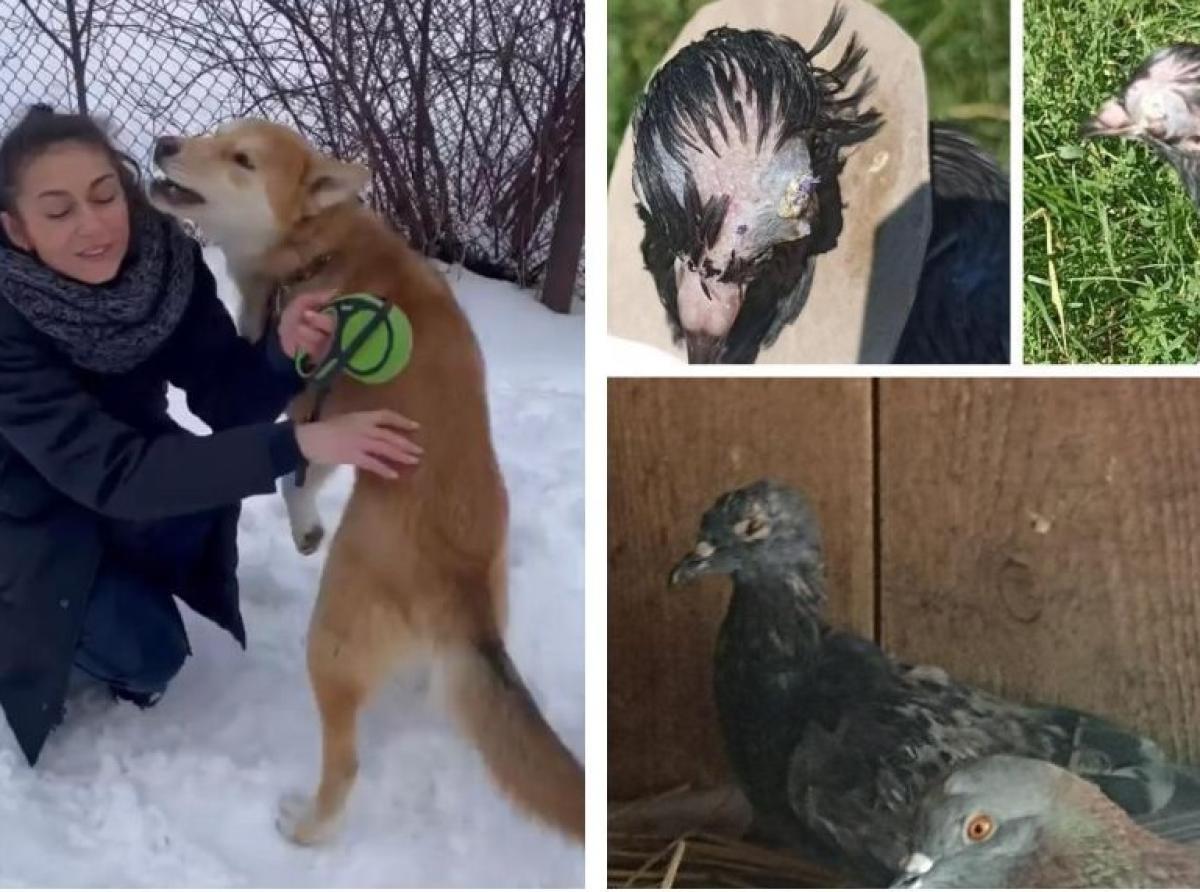Aliya Shamsutdinova's story began on the day she was returning home after a night flight. At the airport she saw a small pigeon on the sidewalk. The bird was covered in blood, lacerations were visible. And it turned out later, there was also a traumatic brain injury. And birds have them too. Afraid to take the pigeon in her hands, Aliya found a box, gloves and returned for the feathered one.
- People passing by threw bread to the pigeon, which he did not eat for obvious reasons. When a person has such wounds, a traumatic brain injury, they help him, not feed him. Any living being needs the same thing," says Aliya Shamsutdinova. - I went to the clinic, where the pigeon underwent surgery. A flap of skin was sewn and the eyelid was returned to its place. I gave him medicine and taught him how to fly. The doctors said it was a baby bird and couldn't do anything yet.
But feathered's misadventures did not end there. A week later the bird got worse, the eye was festering, although the new savior provided all the treatment to her ward. After two weeks of torment Aliya went to the veterinarians again. And it turned out that the veterinary clinic did not put on a special protective collar for the pigeon.
- The doctor looked and said that the bird had scratched its eye and therefore things were bad, it was necessary to put a protective collar. He had a second operation and said that the eye could not be saved," Aliya continues her story. - All this treatment cost $ 300, which eventually turned out to be ineffective. So I took the bird home and arranged with a private shelter.
Now the feathered one lives in the Belarusian shelter “Bird Yard” for permanent residence and his maintenance is paid by the savior Aliya. Although the pigeon remained a one-eyed pirate, but thanks to human kindness, it lives happily among its relatives.
Photo from Aliya Shamsutdinova's personal archive


